Living forever sounds like the stuff of science fiction or legends, but some animals are practically doing it in the real world. While humans are endlessly fascinated by the idea of immortality, a handful of creatures have cracked the code and are thriving for centuries or even millennia. Their secrets range from unique biological processes to astounding regenerative abilities. Here are 13 animals that have mastered the art of defying time and how they manage to do it.
1. Lobster

Lobsters are known for their longevity, potentially living up to 100 years or more. Unlike many animals, lobsters don’t show typical signs of aging such as declining strength or reproductive capacity. Their secret lies in their ability to continually grow and regenerate damaged tissue, thanks in part to an enzyme called telomerase. This enzyme helps maintain the integrity of their DNA, allowing them to avoid some aging processes.
The longevity of lobsters has sparked interest among scientists studying aging and cellular regeneration. While the idea of eating your way to immortality through lobster consumption is fanciful, the biological insights they offer are invaluable. Understanding how lobsters maintain their youthful vigor could inform new strategies for promoting health and longevity in humans. These crustaceans show us that in the quest for longevity, sometimes the answers lie beneath the waves.
2. Immortal Jellyfish
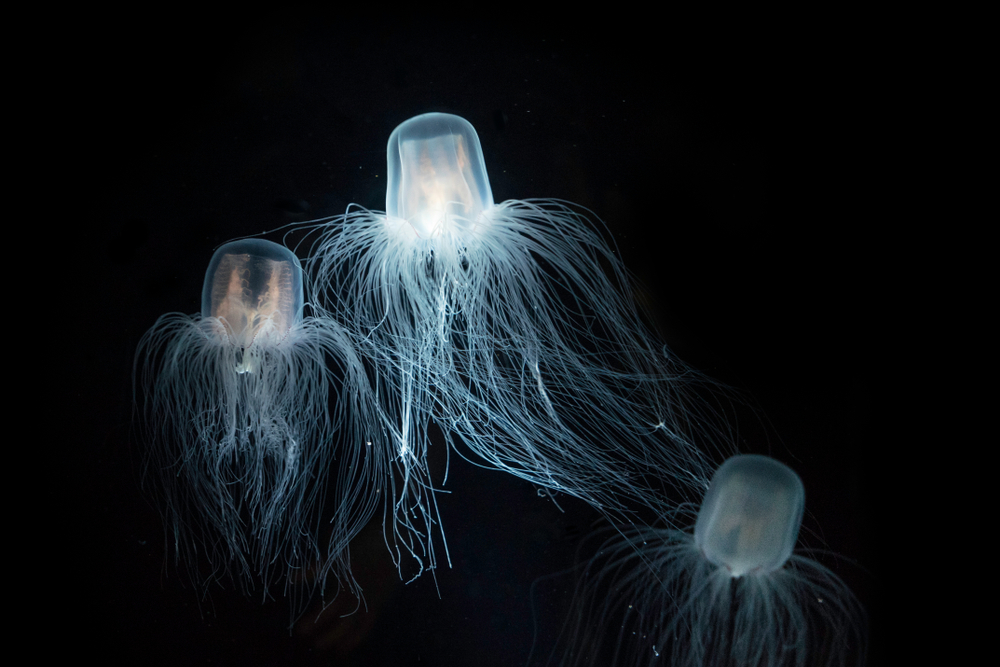
The Turritopsis dohrnii, often dubbed the “immortal jellyfish,” is a marvel of nature. This tiny jellyfish, about the size of a pinky nail, has the unique ability to revert back to its juvenile form after reaching maturity. When faced with environmental stress or physical damage, it undergoes a process called transdifferentiation, turning its cells into different types, essentially starting its life cycle anew. This process can, theoretically, continue indefinitely, allowing the jellyfish to bypass death — at least biologically.
According to a study published in the journal *Nature Reviews Molecular Cell Biology*, this jellyfish’s remarkable ability is due to its cellular flexibility and regenerative capabilities. Scientists are studying these mechanisms to understand how they might apply to human medicine and longevity. While it doesn’t mean people will become immortal, the potential for advancements in cell regeneration and healing is tantalizing. It’s a fascinating glimpse into what nature can teach us about the possibilities of life extension.
3. Greenland Shark
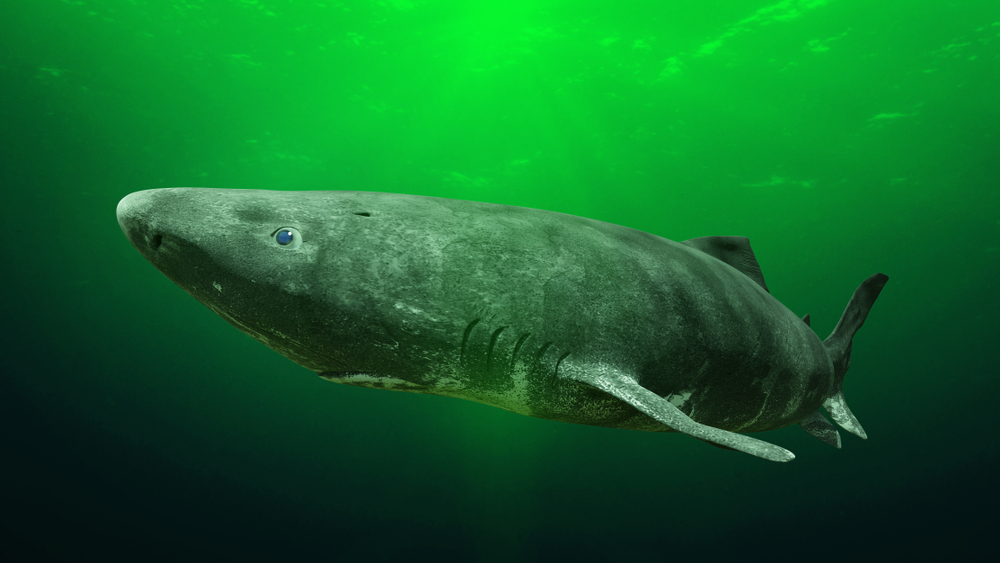
The Greenland shark is an enigmatic creature of the deep, known for its impressive lifespan. This shark species can live for over 400 years, making it the longest-living vertebrate known to science. Found in the cold waters of the North Atlantic, they grow slowly at about a centimeter per year, which correlates with their longevity. Their secret to a long life is likely due to a combination of slow metabolism and cold environment.
A study published in the journal *Science* used radiocarbon dating of eye lens proteins to determine the ages of Greenland sharks. The researchers discovered that these majestic creatures can live for centuries, with some individuals estimated to have been born in the 1600s. This discovery has implications for understanding aging processes and the impact of environmental factors on longevity. It’s a reminder of how much there is to learn from the natural world when it comes to extending life.
4. Ocean Quaho
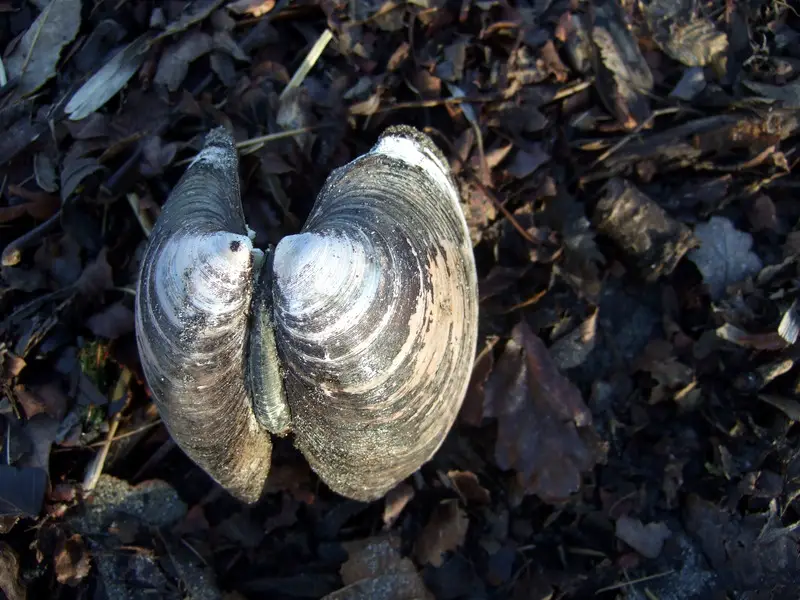
The ocean quahog, a type of clam, is another champion of longevity, known to live over 500 years. This bivalve, found in the North Atlantic Ocean, grows extremely slowly, which helps it avoid some of the cellular damage that occurs with age. By maintaining low metabolic rates, ocean quahogs conserve energy and sustain their cellular functions over centuries. This slow pace of life seems to be a key factor in their extended lifespan.
Interestingly, ocean quahogs show minimal signs of aging, even after hundreds of years. This has made them valuable to researchers studying the aging process and how some animals naturally defend against age-related diseases. These clams offer a unique perspective on how slow growth and low metabolism can contribute to longevity. While we can’t mimic their life underwater, the ocean quahog’s strategies might inspire new ways to think about aging on land.
5. Bowhead Whale

Bowhead whales are impressive in both size and lifespan, living over 200 years. These giants of the Arctic waters have adapted to their cold environment, which seems to play a role in their longevity. Their genetic makeup includes unique mutations that protect against cancer and support DNA repair, crucial for long life. Bowheads also have a slow reproductive rate, giving them ample time to pass on their genes over their extended lifetimes.
A study in the journal *Cell Reports* highlights specific genes related to the whale’s remarkable longevity and resilience to diseases. Scientists are eager to explore how these genetic traits might inform human medicine, particularly in the context of age-related conditions. While mimicking a whale’s lifestyle isn’t feasible, understanding their biology offers clues to promoting health and longevity in humans. These insights could help pave the way for breakthroughs in extending human health spans.
6. Galápagos Tortoise
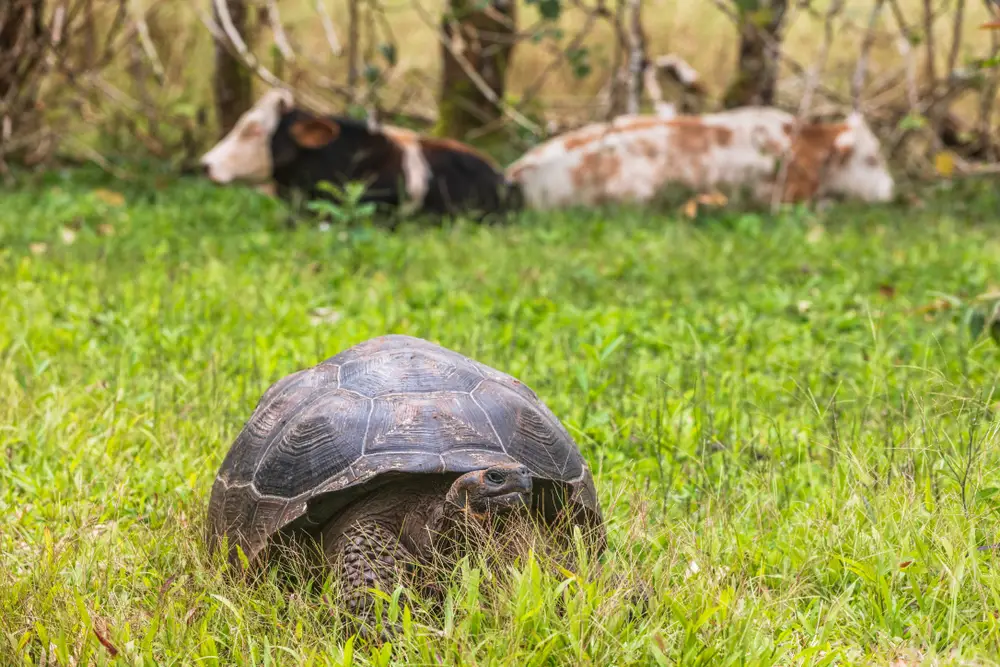
Galápagos tortoises are the giants of the reptile world, known for their impressive size and even more impressive lifespans. These creatures can live for over 100 years, with some documented cases of tortoises reaching 150 years or more. Their secret to longevity includes a slow metabolism, low-stress lifestyle, and a diet rich in greens. These factors help minimize wear and tear on their bodies, allowing them to thrive for over a century.
Their leisurely pace of life extends to their reproduction, as they mature and reproduce slowly over long periods. This slow growth strategy reduces the risk of age-related diseases, letting them enjoy a long and healthy life. For anyone feeling the pressure of a fast-paced lifestyle, the Galápagos tortoise serves as a gentle reminder that taking life slow can reap benefits. While we can’t all retreat to a tropical island, embracing a more relaxed pace might be a step toward longevity.
7. Hydra
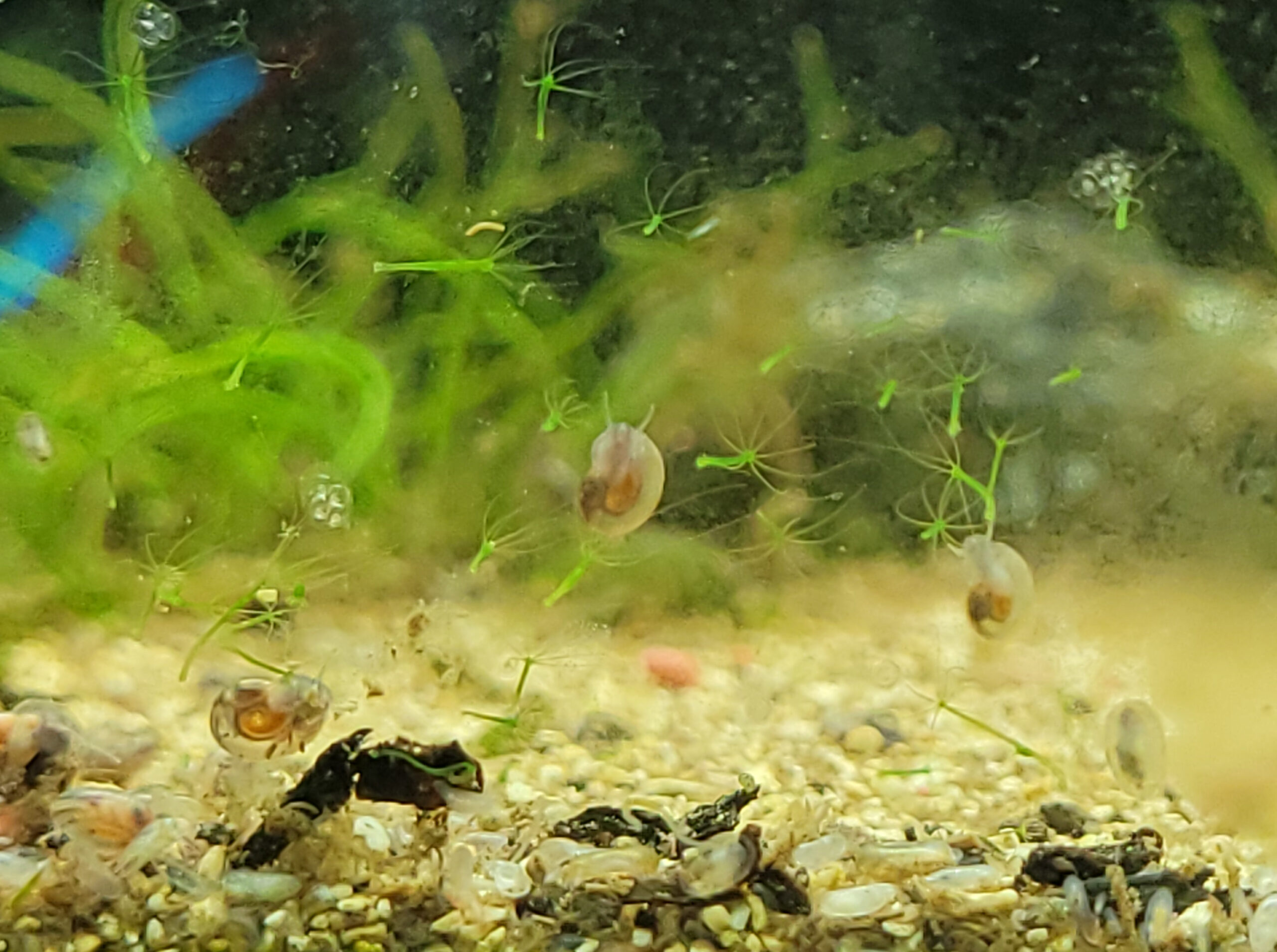
Hydras are tiny freshwater organisms that hold the promise of biological immortality. These simple creatures have a unique regenerative ability, allowing them to replace any of their cells at will. Instead of aging, hydras continually renew themselves, maintaining a youthful state as long as they’re not eaten by predators or succumb to disease. Their secret lies in a population of stem cells that divide indefinitely.
This ceaseless cell division means that, barring external threats, a hydra can potentially live forever. Their ability to avoid the typical aging process has made them a subject of intense scientific scrutiny. Researchers hope that understanding hydras could unlock new insights into human aging and regenerative medicine. Although hydras aren’t ready to spill their secrets yet, the possibilities they represent are incredibly exciting.
8. Red Sea Urchin
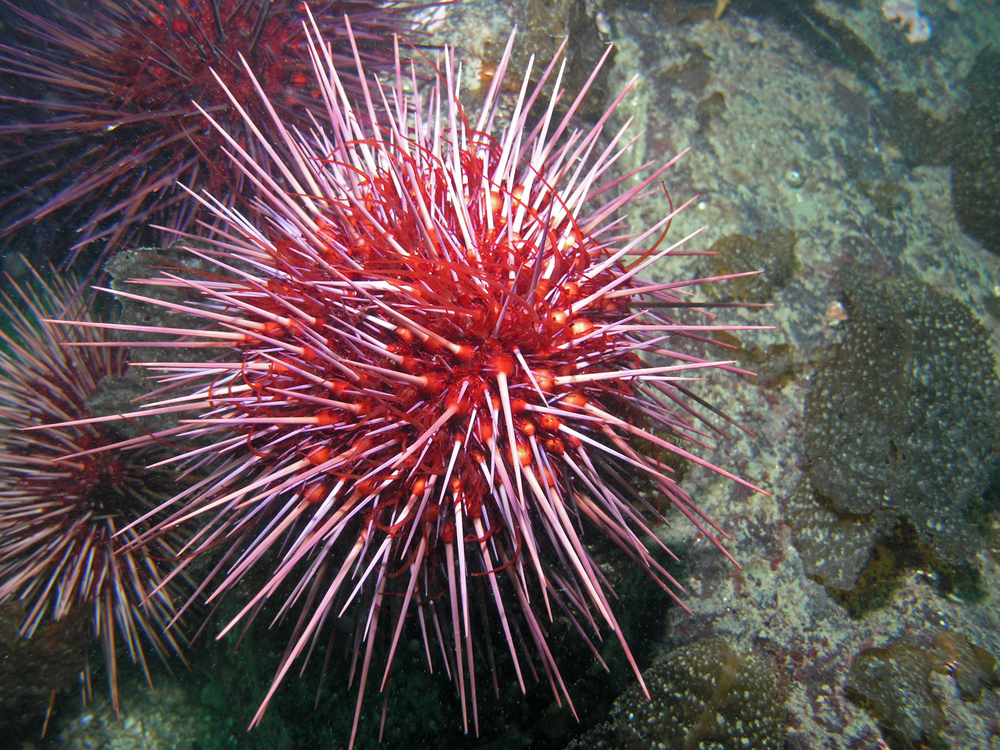
Red sea urchins are the bristly wonders of the ocean, known to live over 200 years. Found primarily along the Pacific coastline, these creatures defy aging by maintaining their reproductive abilities throughout their lives. Unlike most organisms that deteriorate with age, red sea urchins show little to no signs of aging. Their secret lies in their ability to regenerate damaged tissue and their efficient cellular repair mechanisms.
This remarkable longevity has piqued the interest of scientists studying the aging process. Red sea urchins have been found to produce proteins that protect their cells from damage, a trait that could have implications for human health. While we might not aspire to the life of an urchin, understanding their biology could inspire new ways to tackle age-related decline. It’s a testament to the idea that sometimes, the smallest creatures hold the biggest secrets to longevity.
9. Rougheye Rockfish
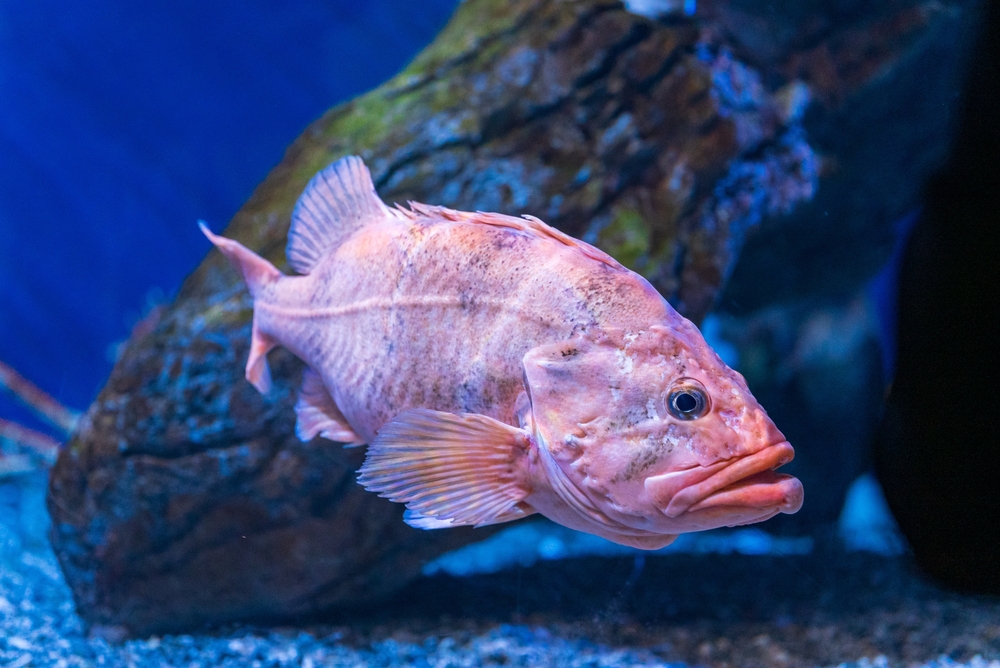
The rougheye rockfish is a deep-sea dweller known for its extended lifespan, living up to 205 years. This fish, found in the North Pacific Ocean, has a slow growth rate and a long maturation period, traits that contribute to its longevity. The rougheye rockfish’s ability to thrive in deep, cold waters helps protect it from predators and environmental stressors. This low-stress lifestyle, combined with a diet rich in nutrients, facilitates its lengthy lifespan.
Research into the rougheye rockfish reveals insights into how environmental factors and genetic predispositions can influence aging. These fish provide a valuable model for studying longevity and resilience in marine organisms. While we can’t replicate the deep-sea environment, understanding these fish could lead to breakthroughs in aging research. Sometimes, looking to the depths offers a fresh perspective on extending life at the surface.
10. Freshwater Pearl Mussel

The freshwater pearl mussel is an unassuming creature with an extraordinary lifespan, often living over 100 years. Found in clean, fast-flowing rivers, these mussels contribute to the ecosystem by filtering water and providing habitat for other species. Their secret to longevity lies in their slow metabolism and ability to withstand harsh environmental conditions. By minimizing energy expenditure and maximizing efficiency, they manage to live far longer than many of their aquatic counterparts.
Freshwater pearl mussels are also known for their ability to survive in varying water conditions, which helps them endure environmental changes. Their resilience makes them an intriguing subject for researchers interested in aging and environmental adaptation. While they might not be the most glamorous creatures, their ability to thrive for over a century offers valuable lessons in resilience. These mussels remind us that sometimes, longevity is about adapting to and surviving through life’s fluctuations.
11. Tuatara

The tuatara, a reptile native to New Zealand, is often considered a living fossil, with a lineage dating back over 200 million years. These creatures can live for over 100 years, largely due to their slow metabolism and low body temperature. Tuataras grow at a leisurely pace and remain reproductively active well into old age, contributing to their longevity. Their simple lifestyle and efficient energy use allow them to lead lengthy, fulfilling lives.
Tuataras are known for their resilience and ability to thrive in various environmental conditions. This adaptability, combined with their unique biology, makes them a fascinating subject of study for scientists seeking to understand longevity. While the secrets of the tuatara might not be directly applicable to humans, their longevity strategies offer intriguing possibilities for research. Their ancient lineage serves as a reminder that sometimes, the key to a long life is in the ability to adapt and endure.
12. Planarian Flatworm
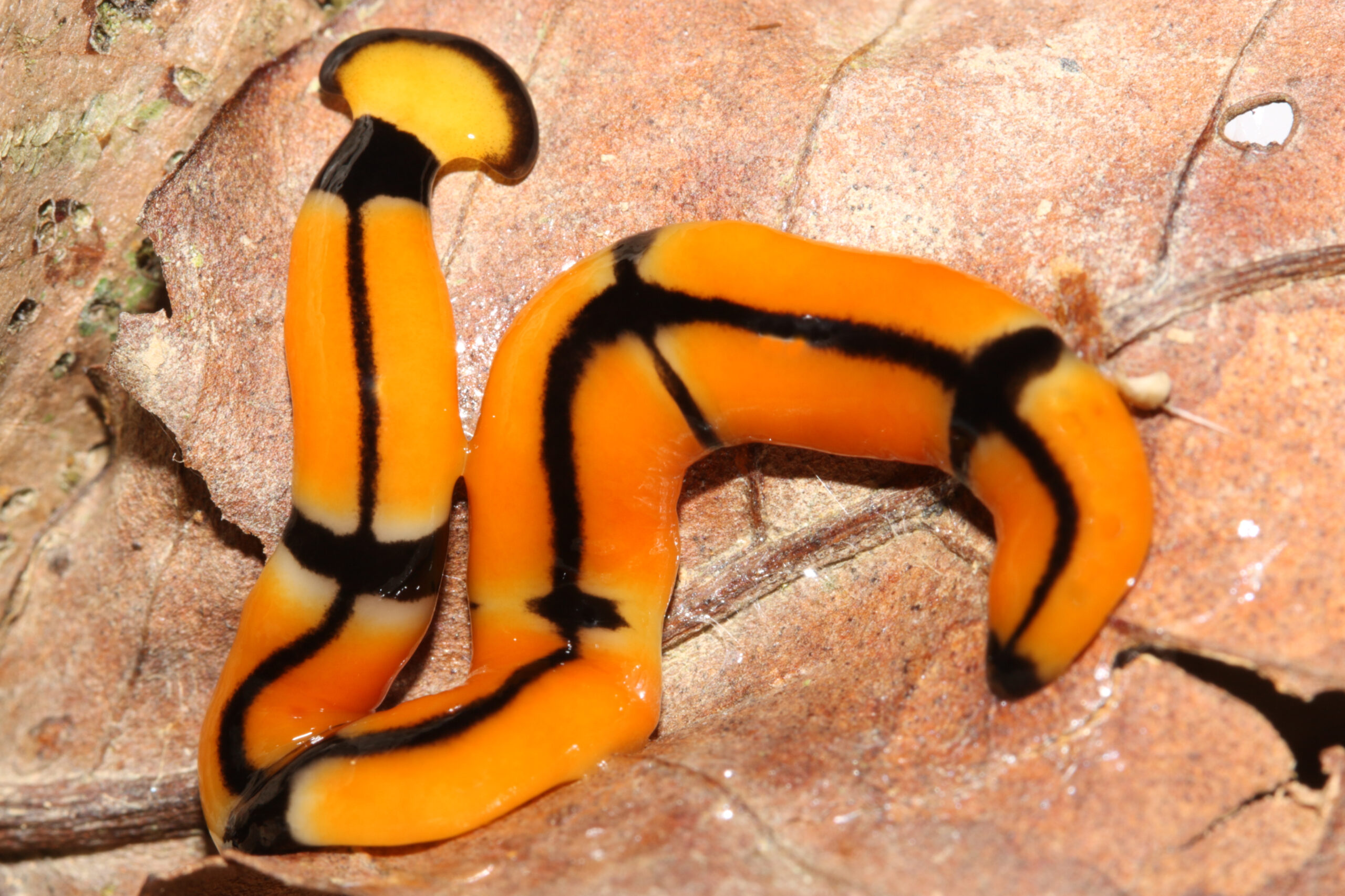
Planarian flatworms are small, unassuming creatures with a remarkable ability to regenerate lost body parts. These worms can essentially live forever by regenerating any part of their body, thanks to a population of stem cells. This regenerative ability allows them to continually renew themselves, maintaining a youthful state indefinitely. Scientists are fascinated by this process, as it holds potential insights into tissue regeneration and healing.
Research into planarian flatworms has revealed their unique cellular mechanisms, which could inform human medicine. If scientists can harness the power of regeneration seen in these worms, it could lead to breakthroughs in treating injuries and age-related diseases. While it’s unlikely that people will achieve immortality through flatworm-inspired science, the possibilities for medical advancements are exciting. Planarians remind us that sometimes, small creatures hold the key to big mysteries in biology.
13. Aldabra Giant Tortoise
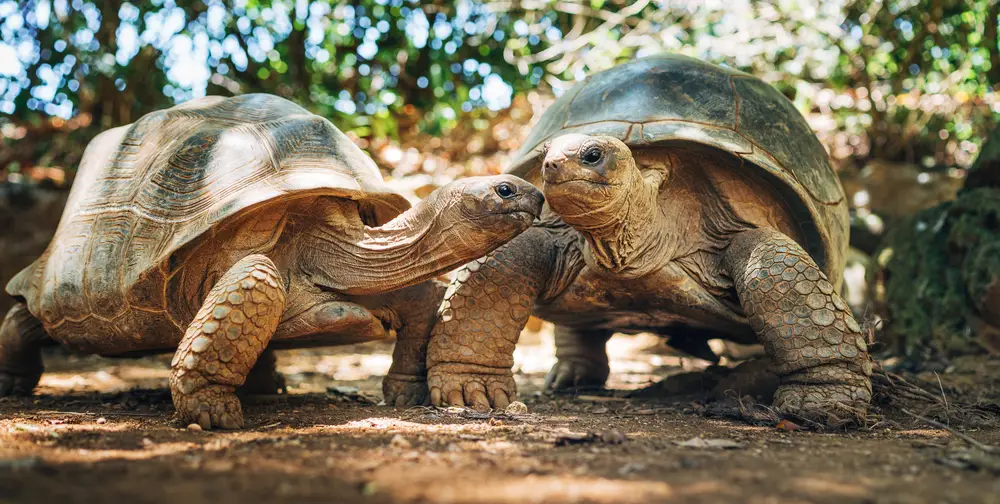
The Aldabra giant tortoise, native to the Aldabra Atoll in the Indian Ocean, is another testament to the power of patience. These tortoises regularly live over 100 years, with some reaching up to 150 years in age. Their longevity can be attributed to their slow metabolism and the stable, predator-free environment they inhabit. Additionally, their ability to survive on minimal food and water helps them conserve energy for the long haul.
According to a study in the journal *Nature Ecology & Evolution*, the slow metabolic rate and longevity of Aldabra giant tortoises are linked to genetic adaptations that protect against the damage associated with aging. This research offers valuable insights into how similar mechanisms could be harnessed to promote human health and longevity. The Aldabra giant tortoise’s life serves as an inspiring model of how resilience and adaptation can pave the way for a long, healthy life. Even if you can’t adopt their lifestyle completely, these tortoises remind us of the potential benefits of a slower, more deliberate approach to life.
